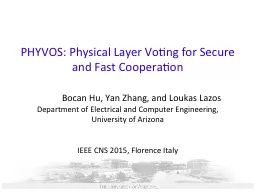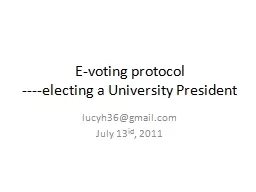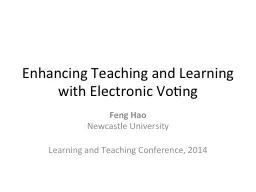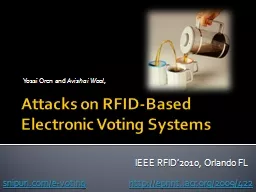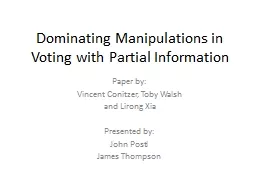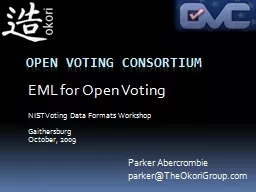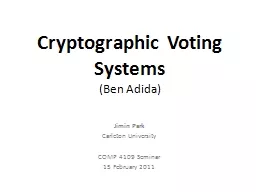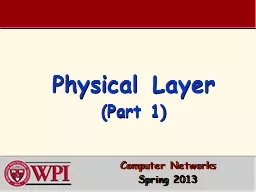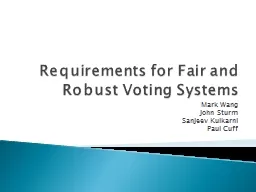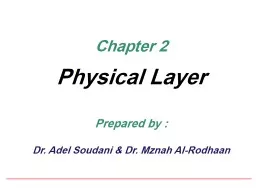PPT-PHYVOS: Physical Layer Voting for Secure and Fast Cooperation
Author : conchita-marotz | Published Date : 2019-06-20
Bocan Hu Yan Zhang and Loukas Lazos Department of Electrical and Computer Engineering University of Arizona IEEE CNS 2015 Florence Italy Cooperation in Distributed
Presentation Embed Code
Download Presentation
Download Presentation The PPT/PDF document "PHYVOS: Physical Layer Voting for Secure..." is the property of its rightful owner. Permission is granted to download and print the materials on this website for personal, non-commercial use only, and to display it on your personal computer provided you do not modify the materials and that you retain all copyright notices contained in the materials. By downloading content from our website, you accept the terms of this agreement.
PHYVOS: Physical Layer Voting for Secure and Fast Cooperation: Transcript
Download Rules Of Document
"PHYVOS: Physical Layer Voting for Secure and Fast Cooperation"The content belongs to its owner. You may download and print it for personal use, without modification, and keep all copyright notices. By downloading, you agree to these terms.
Related Documents

